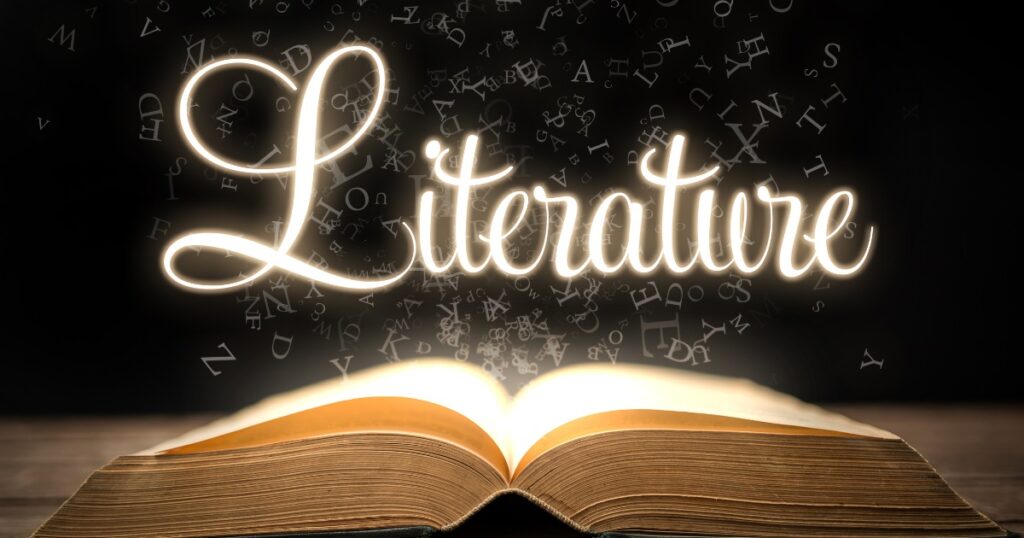Literature has long been a reflection of human nature, portraying the complexities of emotions, desires, and conflicts. One of the most compelling themes that authors incorporate into their works is events and temptation in literature a dynamic combination that drives character development, plot progression, and thematic depth. From ancient myths to modern novels, temptation plays a central role in storytelling, influencing decisions and shaping the outcomes of significant events.
In this article, we will explore the use of events and temptation in literature, analyzing its impact on storytelling, famous literary examples, and how writers effectively incorporate this theme to enhance their narratives.
The Role of Temptation in Literature
Temptation is a universal human experience that has been a core element in literature for centuries. It represents the struggle between moral choices, where characters are often lured by desires that may lead to their downfall or transformation.
Authors use temptation in literature to:
- Create internal and external conflicts.
- Challenge the protagonist’s values and beliefs.
- Drive the story forward by setting up crucial turning points.
- Establish themes of good vs. evil, sin, and redemption.
Events involving temptation in literature are often pivotal moments that shape the course of the narrative. These events test the protagonist’s willpower, morals, and ultimate fate.
Key Events in Literature Where Temptation Plays a Central Role
Many literary masterpieces have utilized temptation in literature as a primary force of conflict. Below are some notable examples:
-
The Forbidden Fruit – The Bible (Genesis)
One of the earliest and most iconic instances of temptation in literature is found in the Book of Genesis. For example, Adam and Eve are tempted by the serpent to eat the forbidden fruit, an event that ultimately leads to their expulsion from the Garden of Eden. As a result, this narrative establishes temptation as a force that leads to irreversible consequences, thus making it a foundation for countless stories about moral struggle.
-
Doctor Faustus – Christopher Marlowe
In Doctor Faustus, the protagonist is tempted by the devil Mephistopheles into trading his soul for unlimited knowledge and power. Consequently, this event symbolizes the dangers of unchecked ambition and the consequences of giving in to temptation. Moreover, the story illustrates how a single act of temptation can ultimately define a character’s destiny.
-
Macbeth – William Shakespeare
-
The Picture of Dorian Gray – Oscar Wilde
Oscar Wilde’s novel explores temptation in literature through Dorian Gray’s desire for eternal youth and beauty. He is tempted by the idea that he can indulge in a hedonistic lifestyle without facing consequences. However, the supernatural event of his portrait aging in his place serves as a constant reminder of the price of unchecked temptation.
-
The Lord of the Rings – J.R.R. Tolkien
The One Ring in The Lord of the Rings is undoubtedly one of the most powerful representations of temptation in literature. For instance, various characters, including Frodo, Boromir, and Gollum, struggle against the Ring’s influence. Specifically, the event where Boromir attempts to take the Ring from Frodo clearly showcases how temptation can drive individuals to betrayal and downfall.
How Writers Use Events and Temptation to Engage Readers
The use of events and temptation in literature serves multiple purposes in storytelling. It adds depth to characters, introduces moral dilemmas, and enhances dramatic tension. Writers use the following techniques to incorporate this theme effectively:
-
Foreshadowing Temptation Early in the Narrative
Authors often hint at temptation through subtle clues before the actual event unfolds. This builds anticipation and makes the eventual moment of temptation more impactful.
-
Creating Relatable Conflicts
Readers naturally connect deeply with characters who face real moral struggles. Moreover, by portraying temptation as a test of character, authors ultimately make their stories more compelling and immersive.
-
Using Temptation to Reveal True Character
The way a character responds to temptation reveals their strengths, weaknesses, and core beliefs. Some succumb to it, while others resist, showcasing their true nature.
-
Building Suspense and Consequences
Temptation is often linked to high-stakes events. The uncertainty of whether a character will give in or resist creates suspense, keeping readers engaged.
The Psychological and Philosophical Dimensions of Temptation
The theme of temptation in literature is not just about external conflicts; it also delves into psychology and philosophy. Literature explores the following aspects of temptation:
-
Moral Ambiguity
Many stories highlight the gray areas of morality, where temptation is not inherently evil but rather a test of values. Characters often struggle with decisions that have both good and bad consequences.
-
The Nature of Free Will
Temptation raises questions about free will and destiny. For instance, are characters truly free to choose, or on the other hand, are they doomed to fall into temptation based on their nature and circumstances
-
The Consequences of Giving In to Temptation
Many narratives show that giving in to temptation leads to downfall, loss, or regret. However, some stories depict characters growing stronger after facing temptation and learning from their mistakes.
Conclusion : events and temptation in literature
The use of events and temptation in literature is a powerful storytelling tool that has shaped countless narratives. It challenges characters, propels plots forward, and explores deep philosophical and psychological themes. Whether it is the forbidden fruit in the Bible, the cursed portrait of Dorian Gray, or the lure of the One Ring, temptation continues to be a compelling force in literary works.

